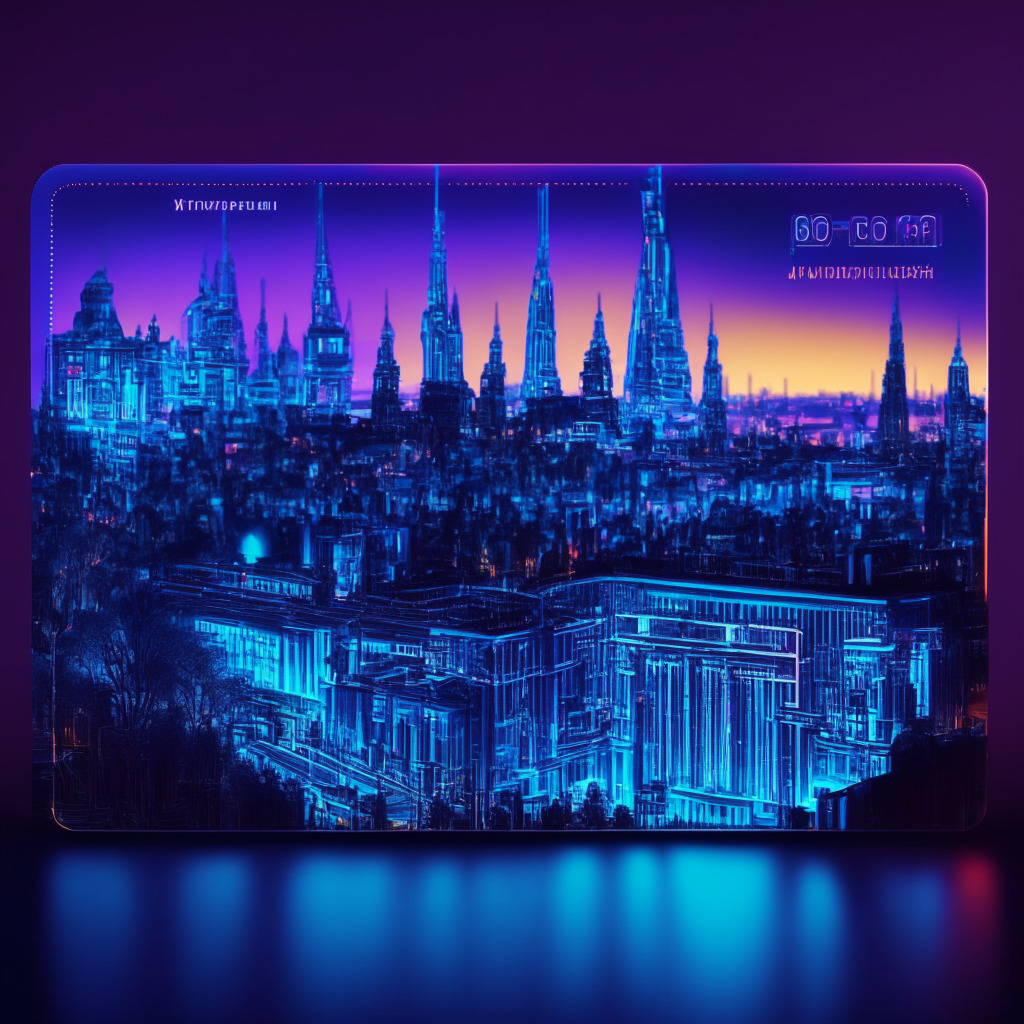The digital evolution of money continues to fascinate curious observers across the globe, with Russia’s Central Bank making impressive strides in blurring the line between digital and physical currencies. In a transcendent move, they’ve announced a digital ruble pilot project, slated to commence from August 15. Intriguingly, smaller retailers across 11 unspecified Russian cities take centre stage in this digital finance experiment.
Yet, it seems that the Central Bank harbours ambitions far beyond these retailers. It plans to partner with Moscow’s metropolitan public transportation system, famously known as the Moscow Metro. A ‘closed focus group’ of Moscow residents is set to undertake the task of testing fares using the Central Bank’s own digital ruble.
Roman Latypov, exclusively highlighted that passengers belonging to this group will be provided two options. They could directly pay through their digital wallets or purchase the network’s distinguished Troika travel smartcard using the digital ruble. These uniquely designed Troika cards being offered, only increase the allure surrounding the digital ruble.
With the Metro modernizing its IT framework to accept digital ruble payments, and plans of extending digital fare payment testing to other forms of transport given a successful pilot, there seems to be a strong commitment to this futuristic method of transaction.
Still, challenges prevail. The Bank now faces the difficult task of including more commercial banking partners in this endeavor. Olga Skorobogatova, the bank’s First Deputy Governor, recently revealed that a second sequence of 16 banks is poised to join the pilot very swiftly. Starting next week, the first of the two groups, comprising an initial 13 banks, will join the forthcoming pilot.
However, the excitement of this digital age does not seem to be shared universally, with two of Russia’s largest banking bodies, Sberbank and Tinkoff Bank, being the latest to withdraw their participation. Further, the country’s largest consortium of banks expressed doubt over the token earlier this month.
Despite facing a slight setback in their plans, the Russian Central Bank remains undeterred. They are confident in their choice, with a speculated second list of participants awaiting to be published. The group already includes esteemed names such as the Russian National Commercial Bank and Moscow Credit Bank.
For now, 600 fortunate citizens are scheduled to begin their digital journey from next week. As countries like China continue to experiment with digitized metro payments, it is exciting to think about the possible new dawn of digital-currency led financial systems we might see in the near future.
Source: Cryptonews




